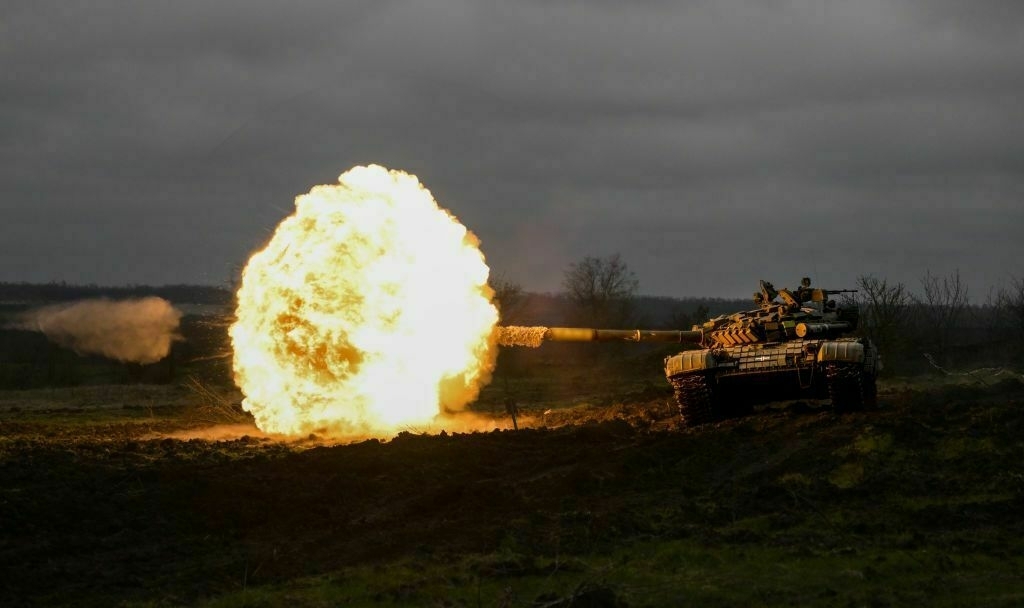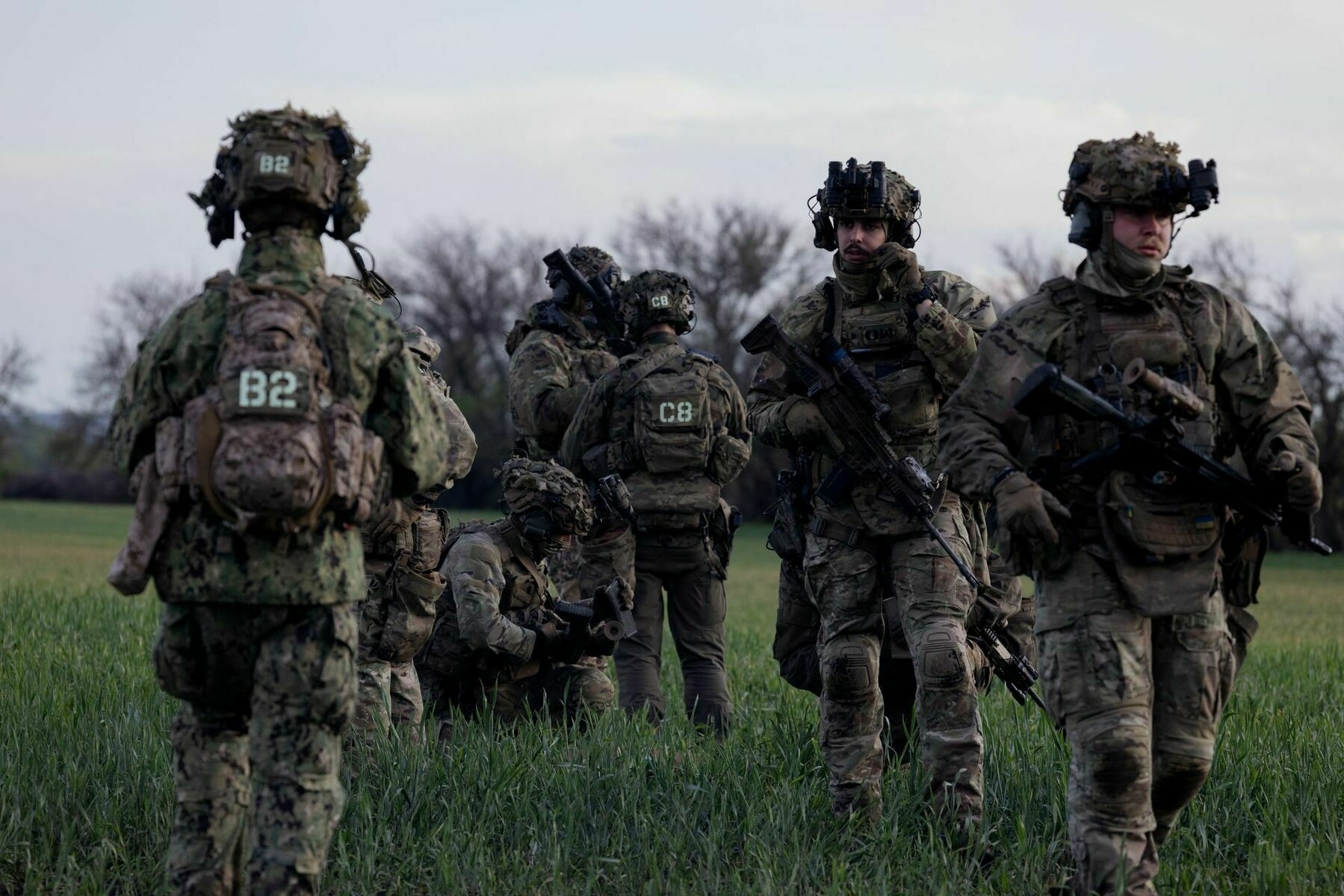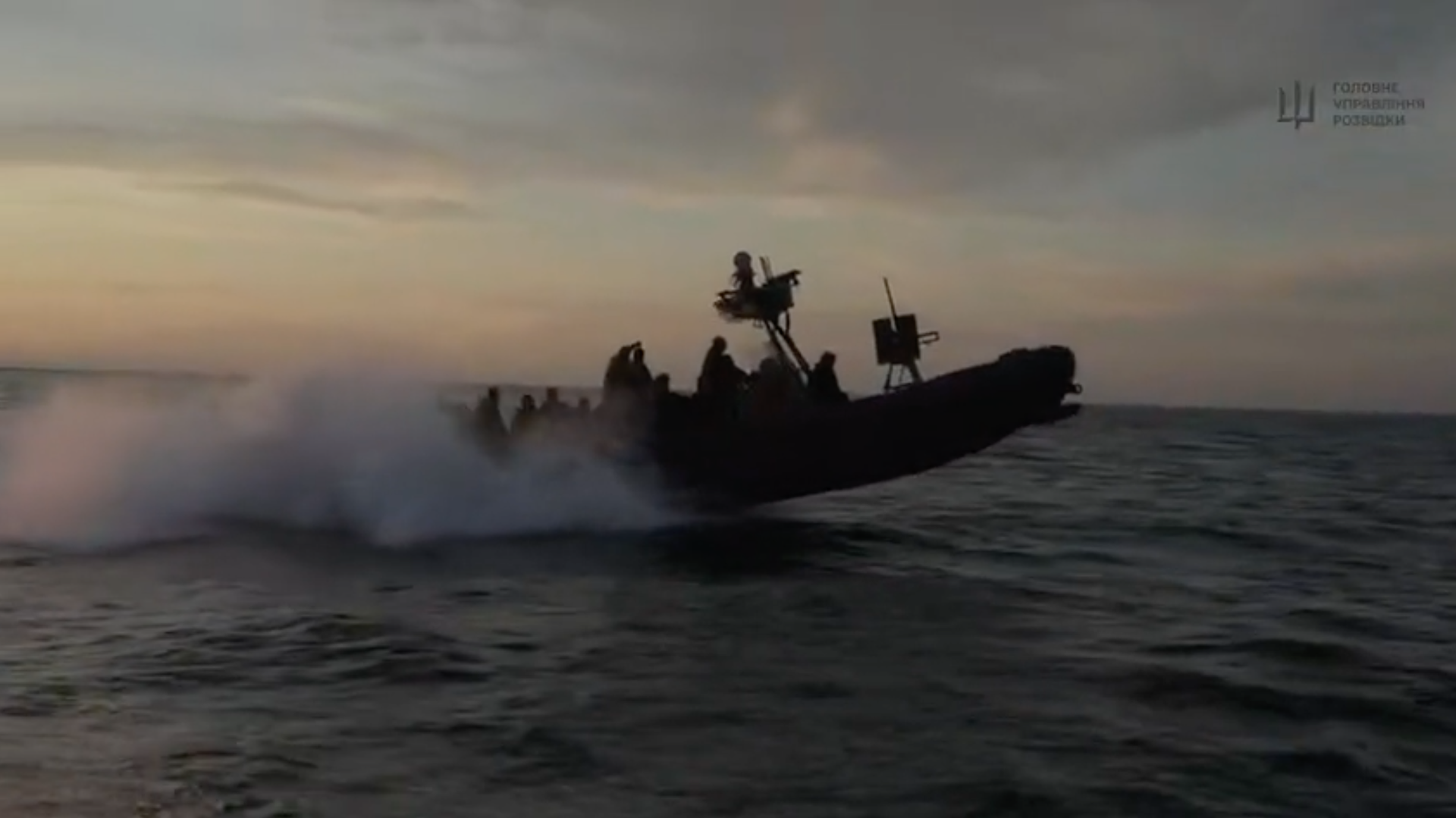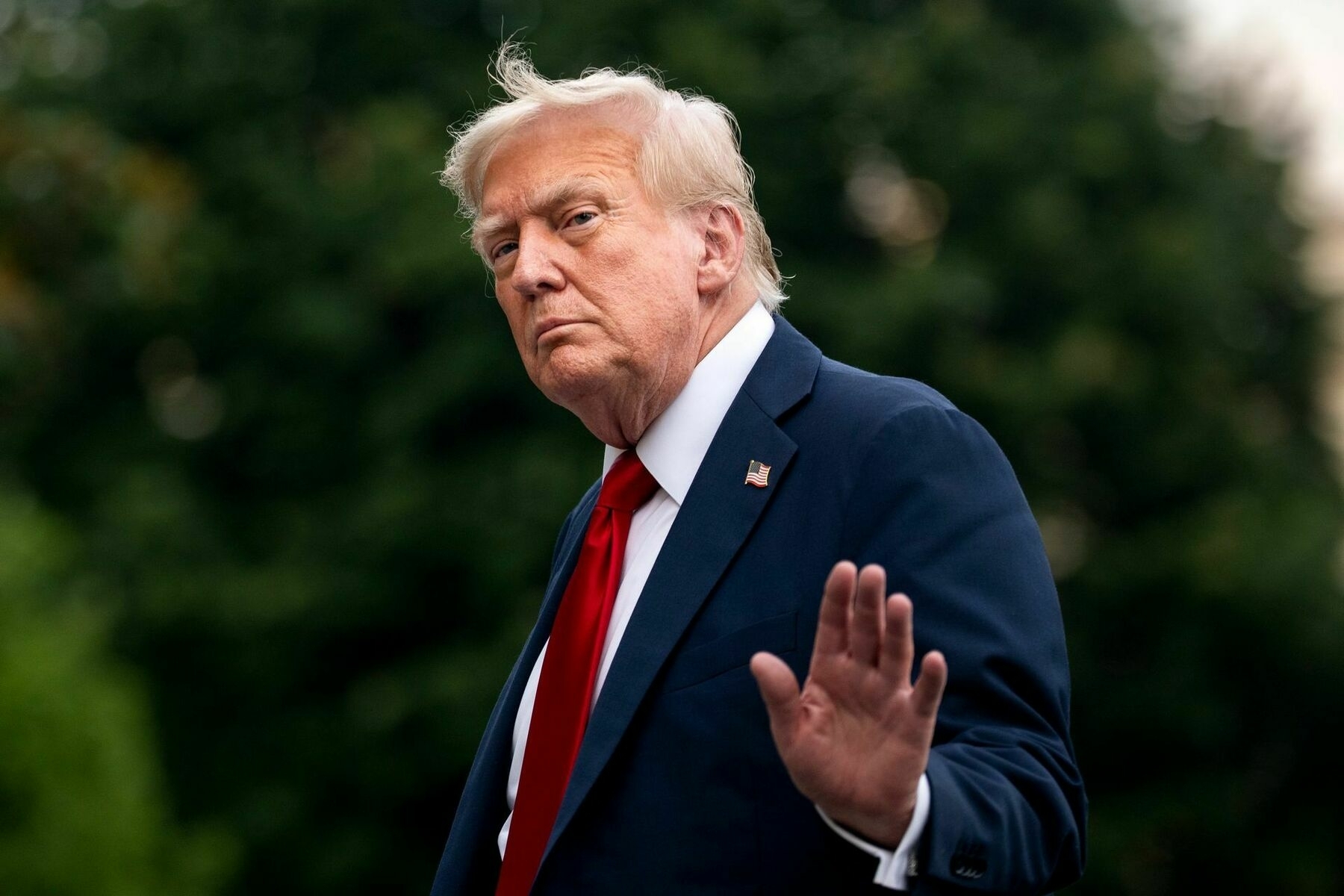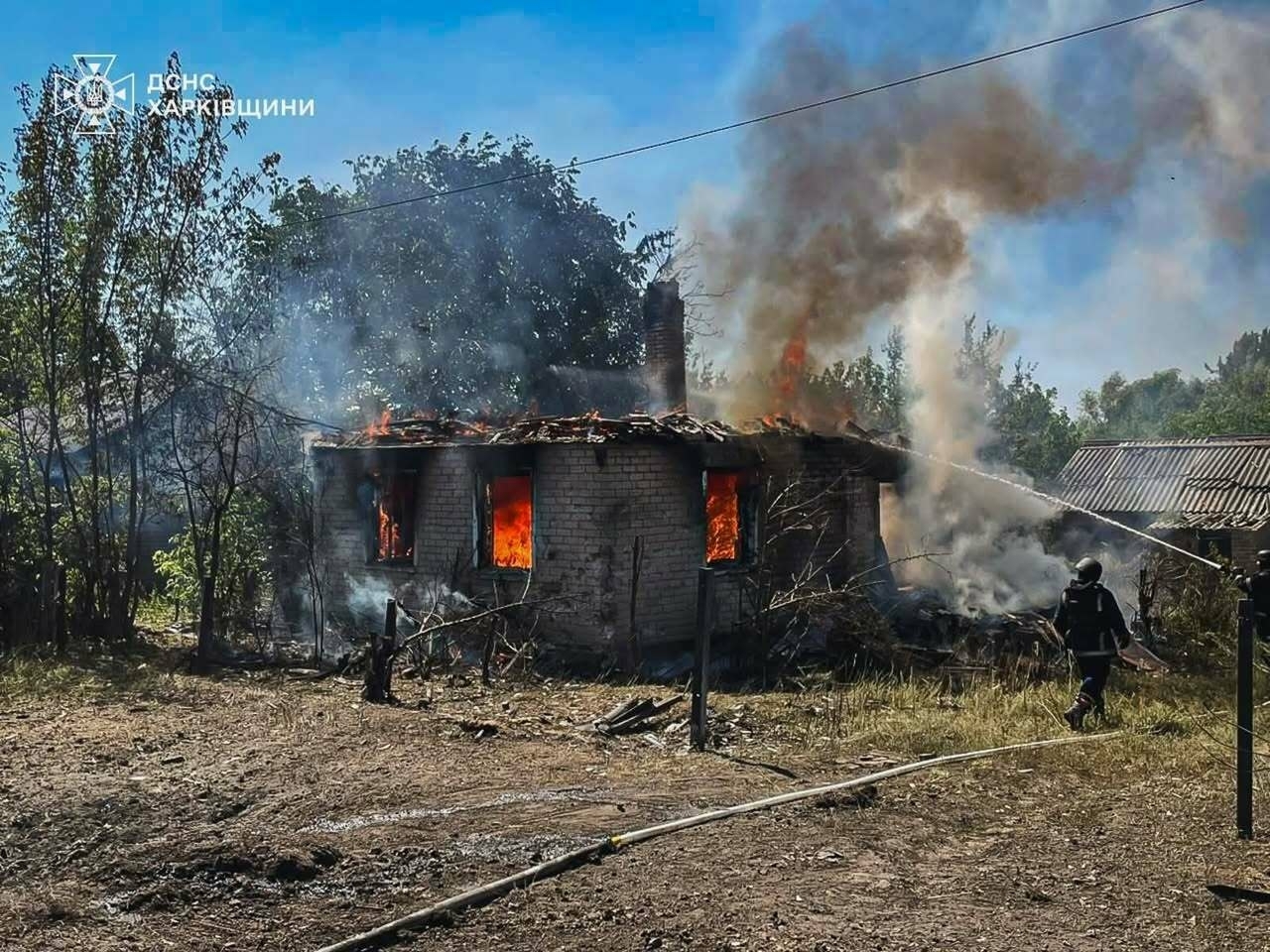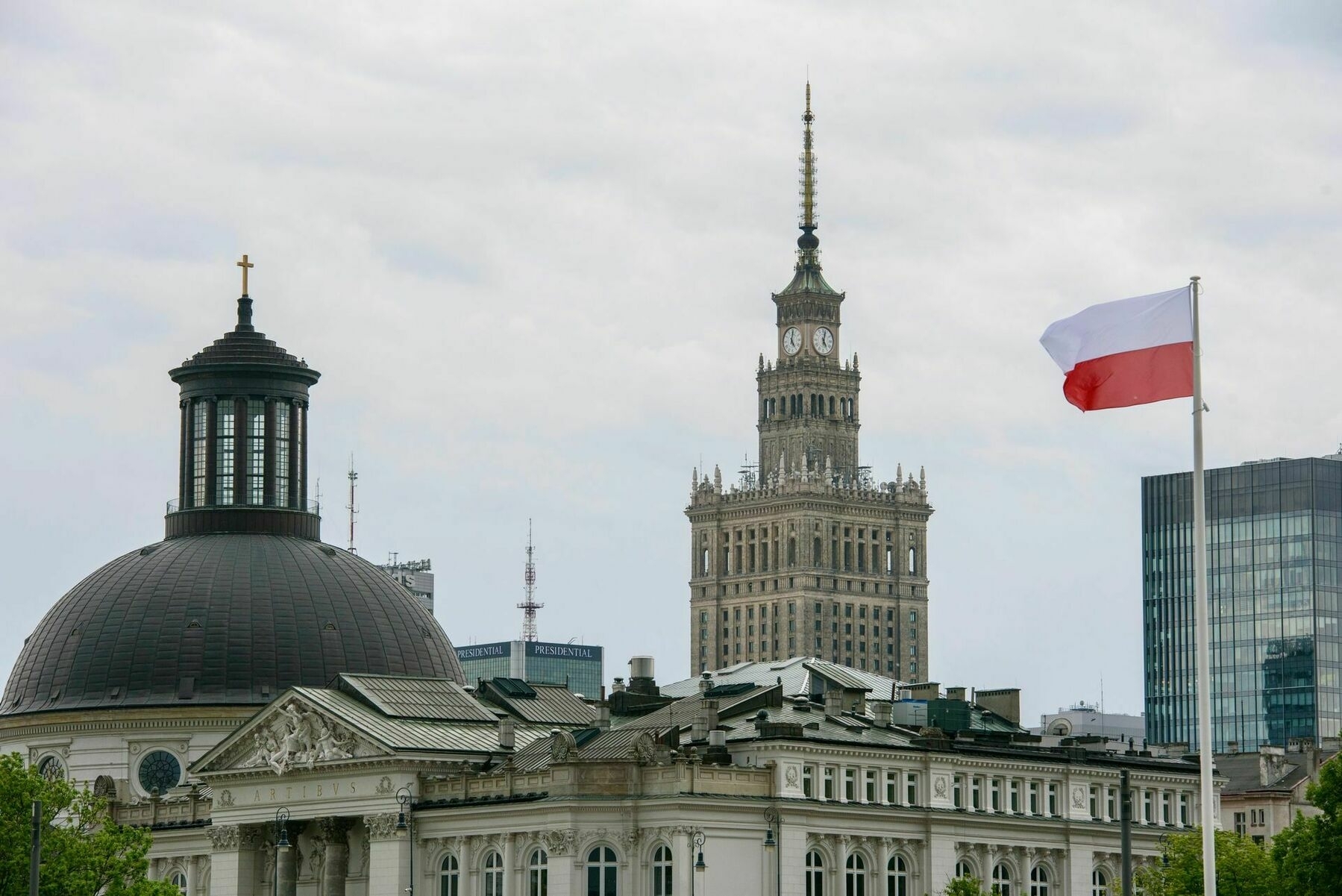-
General Staff: Russia has lost 1,052,190 troops in Ukraine since Feb. 24, 2022
-
Russian oil exports down from last year, Bloomberg reports
-
Russian missile hits Ukrainian military training ground, killing 3 soldiers, injuring 18
-
'Taking back what is theirs' — Ukrainian special forces successfully raid Russian-occupied island in Black Sea
-
Trump REDUCES the deadline for Putin! What is the response of the Kremlin? #shorts
-
Ukraine war latest: Trump says Russia tariffs will be imposed in 10 days
Key developments on July 29:
- Trump says Russia tariffs will be imposed in 10 days
- Ukrainian drones strike train station, rail infrastructure amid large-scale attack on Russia's Rostov Oblast
- Zelensky signs law allowing citizens over 60 to join military during wartime
- Ukraine shows footage of FPV drones attacking
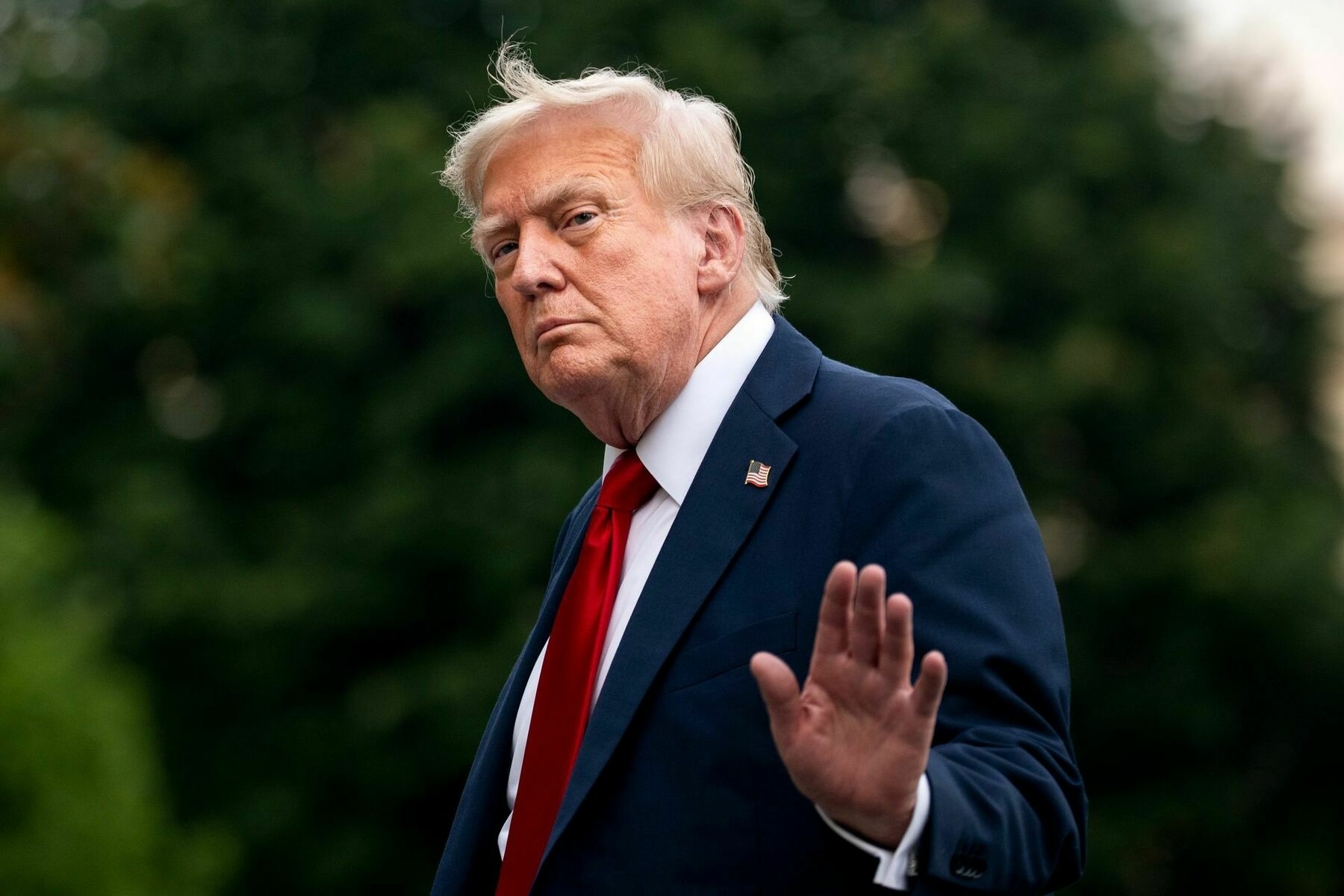
-
Trump cuts deadline — Kremlin gets 12 days to cease fire
-
Trump says Russia tariffs will be imposed in 10 days
-
Show executions! Zelenskyy reacts EMOTIONALLY to Russian strikes #shorts
-
Putin is NOT satisfied with one war! The dictator is ALREADY preparing the next one #shorts
-
Infrastructure on fire – Ukrainian drones devastate Russia
-
Why Ukraine can't afford to demobilize its soldiers
Editor's note: Names of some service members have been changed or withheld for security reasons.
Asked recently in parliament when Ukrainian soldiers fighting since the first days of Russia's full-scale invasion would be coming home, President Volodymyr Zelensky replied: "When we defeat the enemy."
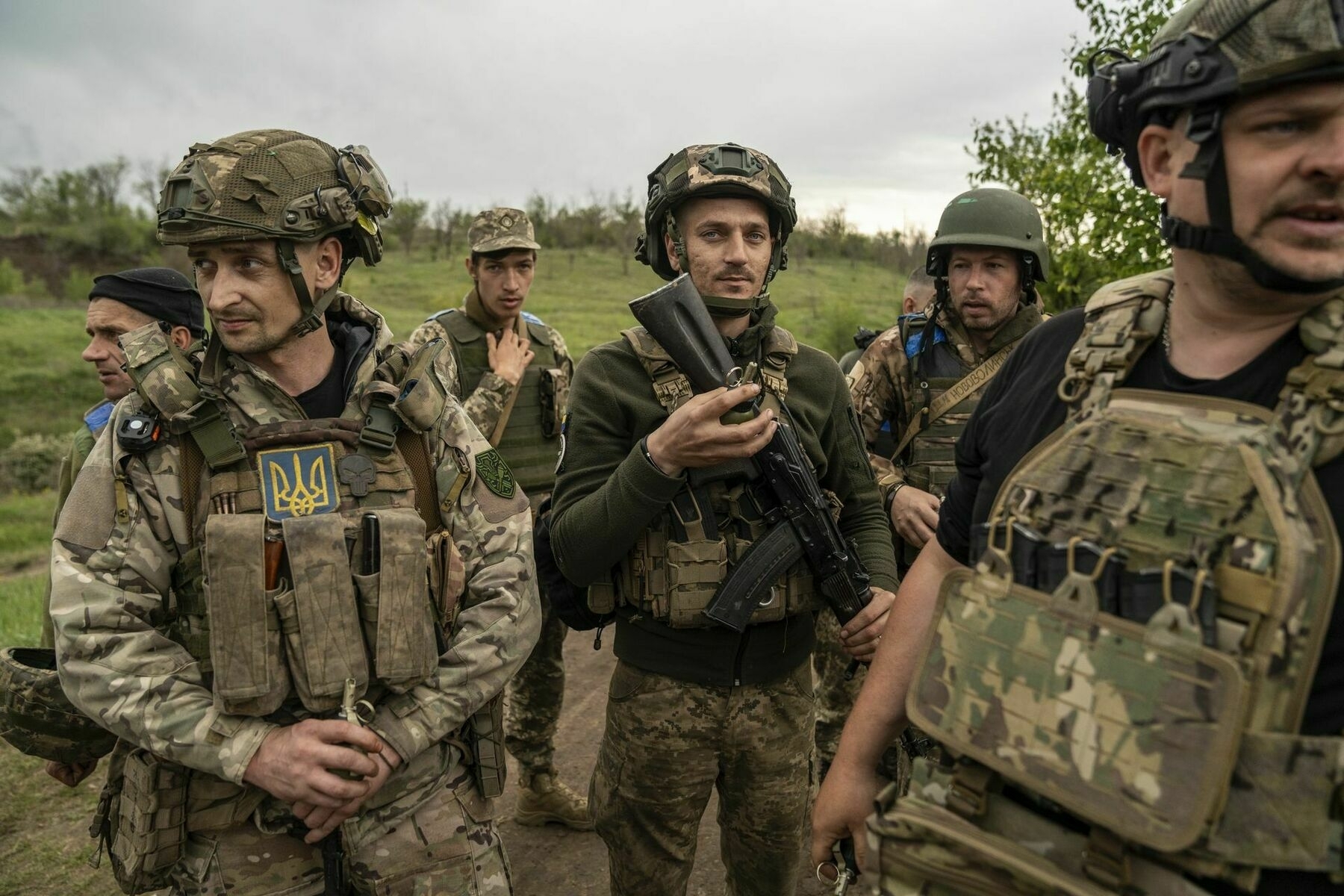
-
Russia's new mobilization law yet another sign Kremlin is preparing for war with NATO, analysts say
Increased spending on defense and a new Russian conscription law are signs of the Kremlin's increasingly aggressive posture and preparations for future conflict with Europe and NATO states, according to analysts.
As Ukraine and its Western allies continue to sound the alarm about Moscow's long-term intentions,
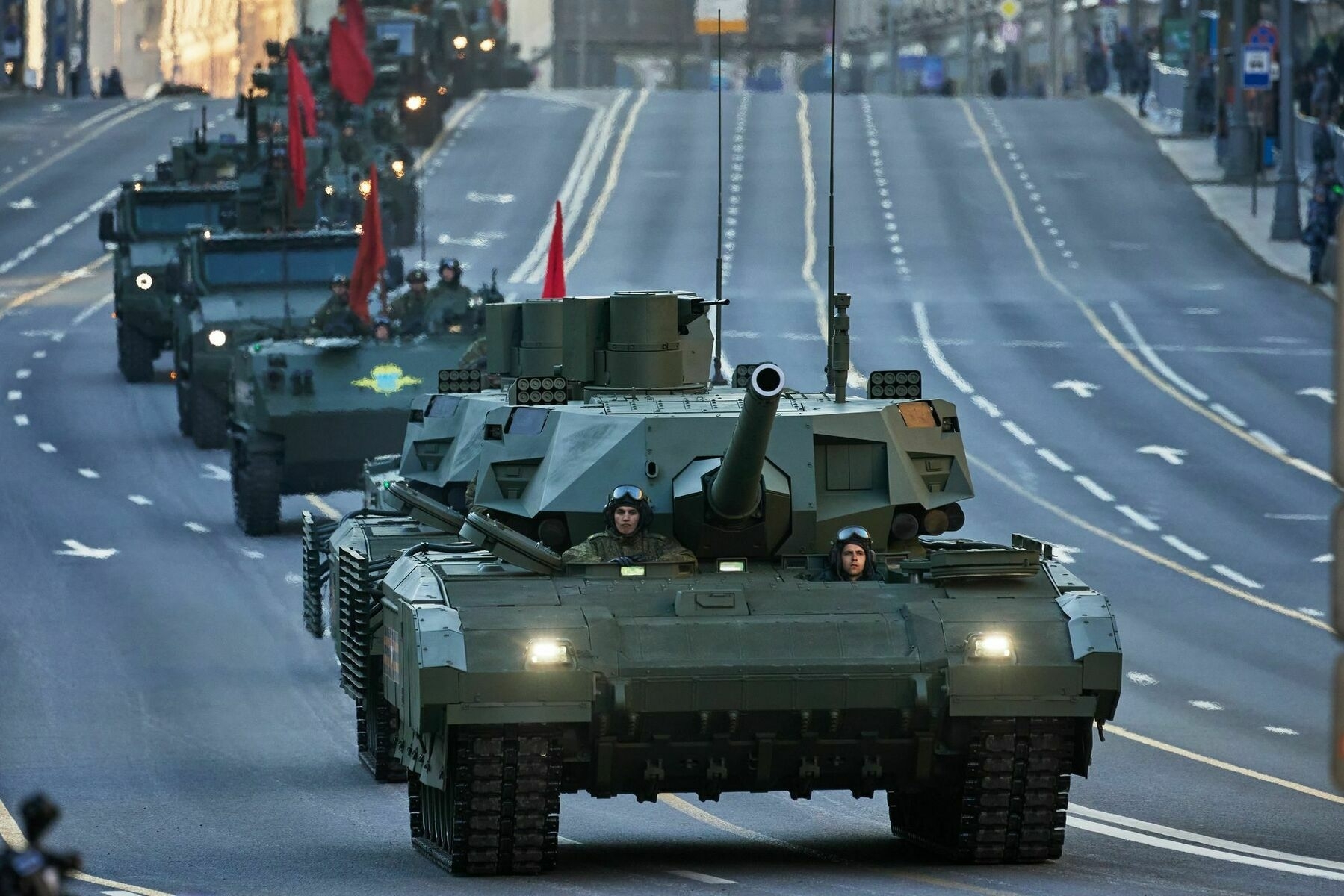
-
Two weeks after the ultimatum: how does the Kremlin respond to Trump's pressure?
-
DIRECT talks between Zelenskyy and Putin: why is Moscow WASTING TIME? #shorts
-
Ukrainian author-turned-soldier takes aim at Westerners' ‘abstract pacifism’
-
Russian attack kills 5 as civilians gather for humanitarian aid in Kharkiv Oblast
-
Ukraine shows footage of FPV drones attacking Russian-held gas rig in first such deployment
-
There is no safe rear anymore! Russians are LOSING control
-
Colombian man accused of arson attacks in Poland on orders from Russian intelligence
